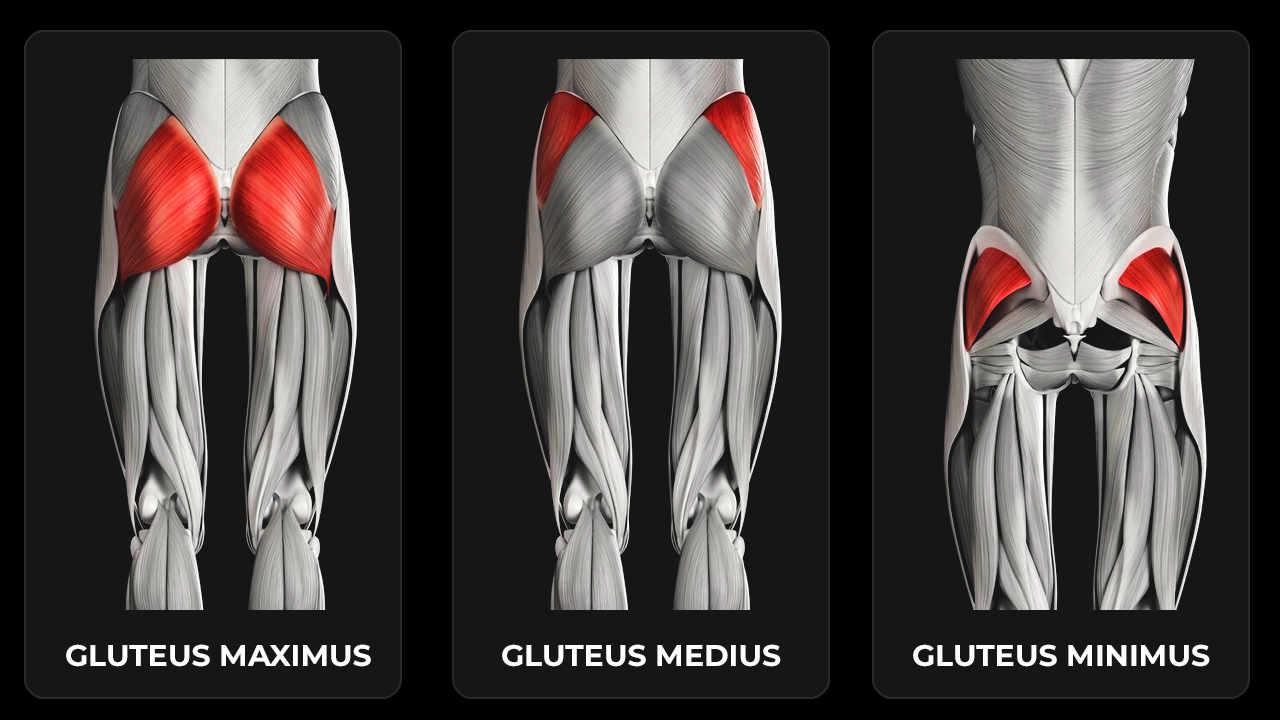In today’s healthcare landscape, collaboration is key to providing comprehensive and effective patient care. One area where collaboration plays a significant role is in physical therapy networks. These networks bring together various stakeholders in the field of physical therapy to improve patient outcomes, streamline communication, and foster professional growth. In this article, we delve into the world of physical therapy networks, exploring their importance, operations, benefits, challenges, and strategies for success.
1. Introduction to Physical Therapy Network
Physical therapy networks are interconnected systems that bring together physical therapists, clinics, hospitals, insurers, and other healthcare providers. These networks aim to optimize the delivery of physical therapy services by facilitating communication, coordination, and collaboration among stakeholders.
2. Importance of Physical Therapy Network
The importance of physical therapy networks lies in their ability to enhance patient care through coordinated efforts. By connecting various providers within a network, patients can benefit from streamlined access to care, improved care coordination, and better outcomes.
3. How Physical Therapy Networks Operate
Connecting Patients with Providers
Physical therapy networks act as intermediaries, connecting patients in need of physical therapy services with qualified providers. Through centralized platforms or referral systems, patients can easily access a network of providers based on their specific needs and preferences.
Streamlining Communication
Effective communication is essential in healthcare delivery. Physical therapy networks facilitate communication among providers, enabling seamless coordination of care, sharing of patient information, and collaboration on treatment plans.
Ensuring Quality Care
Physical therapy networks often establish guidelines and protocols to ensure the delivery of high-quality care. By adhering to standardized practices and monitoring outcomes, networks strive to maintain consistent levels of care across all participating providers.
4. Benefits of Joining a Physical Therapy Network
Increased Referrals
Joining a physical therapy network can lead to increased referrals from other healthcare providers within the network. This influx of patients can help practices grow their patient base and expand their reach within the community.
Access to Resources
Physical therapy networks provide access to resources such as continuing education, training programs, and clinical support. These resources help providers stay updated on the latest advancements in the field and improve their skills and knowledge.
Networking Opportunities
Participating in a physical therapy network opens doors to networking opportunities with other professionals in the field. By connecting with peers, practitioners can exchange ideas, share best practices, and collaborate on patient care initiatives.
5. Challenges Faced by Physical Therapy Networks
Maintaining Standards
One of the challenges faced by physical therapy networks is maintaining consistent standards of care across diverse settings and providers. Ensuring adherence to quality metrics and clinical guidelines requires ongoing monitoring and evaluation.
Managing Relationships
Effective collaboration relies on strong relationships among network stakeholders. Managing these relationships, resolving conflicts, and aligning interests can be challenging, especially in large and decentralized networks.
Adapting to Technological Advances
With rapid advancements in technology, physical therapy networks must continually adapt to new tools and platforms. Incorporating electronic health records, and data analytics into network operations requires investment and innovation.
6. Strategies for Success in Physical Therapy Networks
Building Trust
Trust is the foundation of successful collaboration. Physical therapy networks must prioritize transparency, integrity, and accountability to build trust among stakeholders and foster a culture of collaboration.
Embracing Innovation
Innovation drives progress in healthcare. Physical therapy networks should embrace technological advancements, explore new treatment modalities, and leverage data-driven insights to improve patient outcomes and efficiency.
Fostering Collaboration
Collaboration is at the heart of physical therapy networks. By fostering a collaborative culture, encouraging interdisciplinary teamwork, and promoting open communication, networks can maximize the collective expertise of all stakeholders.
7. Case Studies: Successful Physical Therapy Networks
Case Study 1: XYZ Physical Therapy Network
XYZ Physical Therapy Network implemented a comprehensive telehealth platform that enabled remote consultations, virtual exercises sessions, and remote monitoring of patient progress. This innovative approach improved access to care and patient engagement.
Case Study 2: ABC Rehabilitation Network
ABC Rehabilitation Network developed a mentorship program where experienced therapists mentor new graduates and provide ongoing support and guidance. This initiative not only enhances clinical skills but also fosters professional development and retention.
8. Conclusion
Physical therapy networks play a vital role in enhancing patient care through collaboration, communication, and coordination among providers. By joining forces within a network, physical therapists and healthcare organizations can improve access to care, optimize outcomes, and drive innovation in the field of physical therapy.
FAQs
- What is a physical therapy network? A physical therapy network is a collaborative system that connects physical therapists, clinics, hospitals, and insurers to improve patient care through coordinated efforts.
- How does joining a physical therapy network benefit providers? Joining a physical therapy network can lead to increased referrals, access to resources, and networking opportunities with other professionals in the field.
- What are some challenges faced by physical therapy networks? Challenges include maintaining standards of care, managing relationships among stakeholders, and adapting to technological advances.
- How can physical therapy networks foster collaboration? By prioritizing trust, embracing innovation, and fostering open communication, physical therapy networks can cultivate a collaborative culture among stakeholders.
- What are some examples of successful physical therapy networks? Examples include networks that implement telehealth platforms, mentorship programs, and innovative approaches to care delivery.



